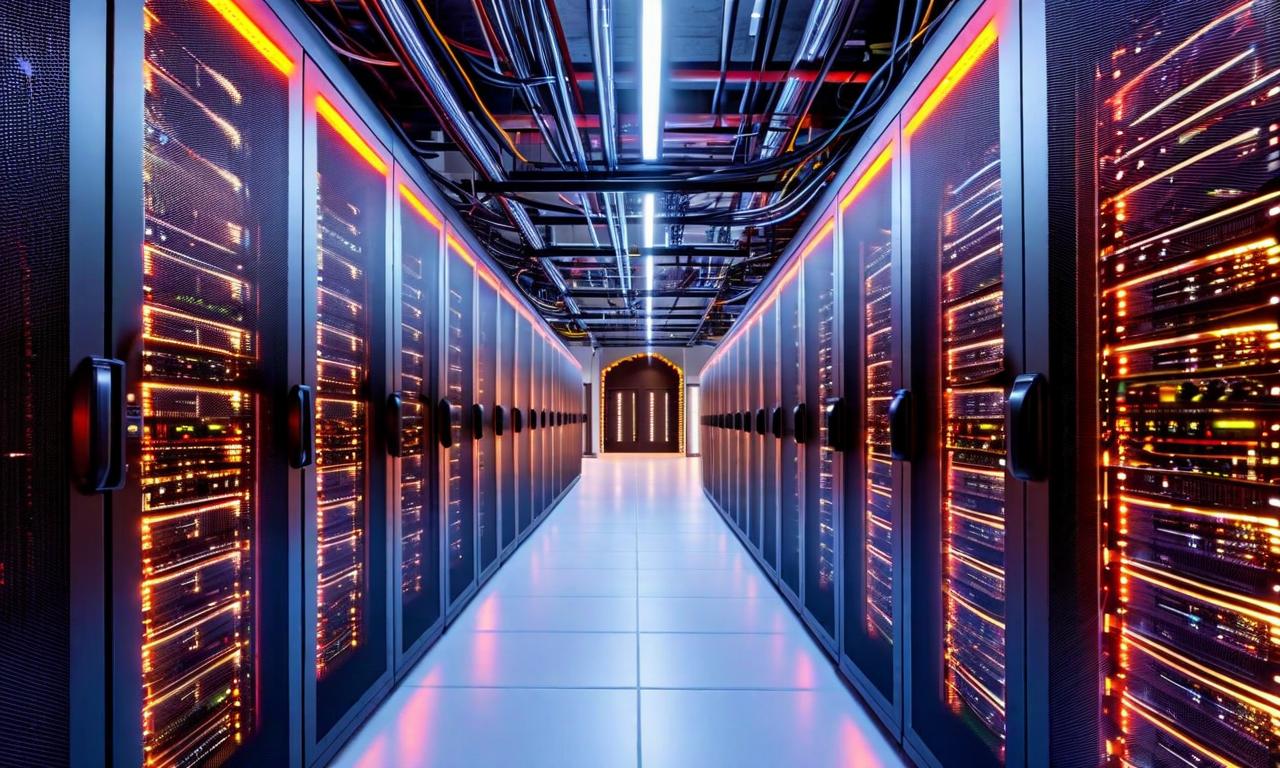Microsoft Expands Cloud Infrastructure with New Data Centers in India and Taiwan
Microsoft has announced plans to establish new data center regions in India and Taiwan, set to begin operations in 2026. This expansion is part of Microsoft's strategy to strengthen its cloud infrastructure in key Asian markets. The new data centers aim to improve cloud service performance, address data sovereignty concerns, and potentially stimulate local tech ecosystems. This move aligns with Microsoft's global strategy to enhance its position in the competitive cloud computing market and support digital transformation in rapidly growing economies.

*this image is generated using AI for illustrative purposes only.
Microsoft, the global technology giant, has unveiled plans to bolster its cloud infrastructure in key Asian markets. The company announced its intention to launch new data center regions in India and Taiwan, with operations set to commence in 2026.
Strategic Expansion in Asia
This move represents a significant step in Microsoft's ongoing investment strategy to enhance its cloud services across Asia. The establishment of new data center regions underscores the company's commitment to meeting the growing demand for cloud computing services in these rapidly developing tech markets.
Key Points of the Expansion
| Aspect | Details |
|---|---|
| Locations | India and Taiwan |
| Timeline | Scheduled for 2026 |
| Purpose | Enhance cloud infrastructure |
| Target Markets | Key Asian economies |
Implications for the Region
The addition of these new data center regions is likely to bring several benefits to businesses and consumers in India and Taiwan:
- Improved Performance: Locally hosted data centers can reduce latency and improve the speed of cloud services.
- Data Sovereignty: Local data storage can help companies comply with data residency requirements.
- Economic Impact: The establishment of data centers often leads to job creation and stimulates the local tech ecosystem.
Microsoft's Global Strategy
This expansion aligns with Microsoft's global strategy to strengthen its position in the competitive cloud computing market. By investing in strategic locations, the company aims to cater to the increasing demand for cloud services, particularly in fast-growing economies.
As cloud adoption continues to accelerate worldwide, Microsoft's move to expand its data center footprint in Asia could be seen as a proactive step to capture market share and support the digital transformation journeys of businesses in the region.
While specific details about the scale of investment or the exact locations within India and Taiwan have not been disclosed, this announcement signals Microsoft's long-term commitment to these markets and its confidence in the growth potential of cloud services in Asia.





























